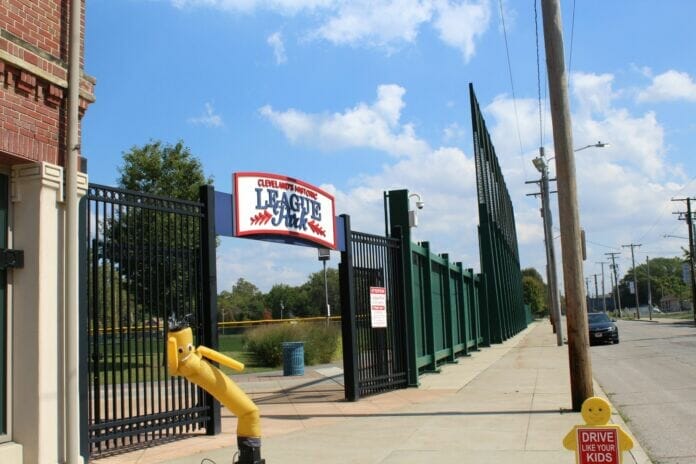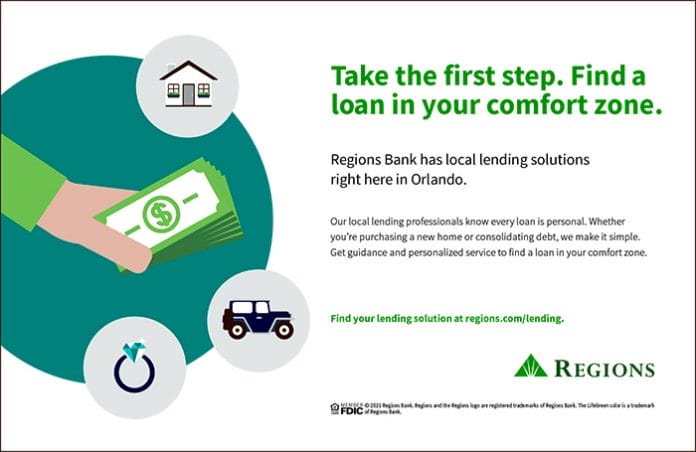
by Audrey Henderson
Solar is more than a source of power. For the community of Hough in Cleveland, solar energy is viewed as an engine for community development — and a possible template for similar projects across the country.
However, challenges and potential roadblocks remain, including the ongoing coronavirus pandemic along with the issue of utility ownership of community-based solar developments.
Like many communities of color across the country, and especially in the Rust Belt, the Hough neighborhood in Cleveland has weathered a number of setbacks. Redlining especially created a massive gap in homeownership within the predominantly Black community of Hough and White Cleveland residents.
However, there is growing hope for reducing this disparity, as well as increasing the economic wellbeing in the entire area. One important element is a $3.55 million grant from the George Gund Foundation for the GO Green Energy Fund, awarded in November 2020. (The Gund Foundation also funds the Energy News Network.)
The fund uses a green bank model designed to finance small-scale commercial, industrial and community-based solar projects — like the one in Hough — across Ohio.
“We want to bring relevant financial solutions, relevant civic solutions to bear and communities that haven’t felt they’ve always had access to it,” said Michael Jeans, president and CEO of Growth Opportunity Partners, also known as Growth Opps, which administers the GO Green Energy Fund. (Growth Opps joined the American Green Bank Consortium in November 2019.)
The grant will provide funding for a community solar program in Hough that will provide approximately 1 megawatt of clean energy for East Side communities through the Cleveland Public Power grid.
Community owned and operated
The solar program will be administered and operated by the Hough Block Club, a community-wide initiative also known as The BC that launched in 2019.
“Love of our community bonded us together, and a zeal to leave a Black generational legacy stirs us to action,” said Arcie Petty, program director for The BC, via email. “In that vein, The BC was formed as a conduit to build wealth for future generations, to incorporate economic and health benefits of environmental sustainability to communities, and to strengthen the invigoration of the neighborhood organically.”
The project will use a “partnership flip” model where the organization will split costs with a yet-to-be-named solar developer, with an option to buy out the developer’s share at the end of the agreement, Petty said.
“The BC would then own 100% of the project,” Petty said.
Community ownership and control is an essential element to building equity in programs like the Hough solar array, according to Jonathan Welle, executive director of the nonprofit Cleveland Owns, which is providing technical assistance to The BC.
“The BC is really the ideal project,” Welle said. “It’s a super grassroots group. It’s local neighbors coming together with a huge vision, a powerful vision. They’re very focused on racial equity and racial justice. That’s a common theme for us across a lot of these projects.
“And so that means that we’re centering the voices and needs of mostly Black homeowners who have lived in a neighborhood that has been disinvested in for the past 50 years. The residents I work with live with that reality every day and understand exactly what’s happening. They’ve been able to say very clearly what they need to see change. And for them, this project is an example of that.”
Once the solar array has been constructed, Hough residents would be eligible for connection via subscription using virtual net metering. They would also be able to make upfront investments — and purchase shares once The BC has achieved full ownership. Local businesses would also be eligible for subscriptions, Petty said.
Solar energy, equity and community development
But the vision extends beyond lowering utility bills — to a future where the array produces energy in excess of the amount needed by subscribers. At that point, resident-owned shares could allow them to build equity they can sell — or borrow against to finance additional home improvements, Jeans said.
“We anticipate that the latter phases of this project will allow for weatherization and better efficiencies in the homes, whether it’s replacing old furnaces or insulating new rooftops, potentially even putting solar arrays on rooftops so that we can reduce consumption, which increases the value of the overall project and therefore the shares as well,” Jeans said.
Other programs to be administered by The BC include pharmacy training and COVID-19 vaccination clinics for Hough residents, as well as workshops to improve financial literacy and raise environmental awareness, Petty said. The BC has also obtained a grant to provide funding for home weatherization, according to a PowerPoint presentation.
A February 2020 report from Cleveland Owns cites the Hough initiative as a potential template for other community-based solar operations to generate economic prosperity and promote racial equity, along with promoting clean energy — an assessment with which Petty wholly agrees.
“The BC sees not only its work as an organization, but also the business model of The Solar Garden, to be scalable and replicable,” Petty said. “This can be done anywhere because all communities have people who are empathetic to understand broad issues, those who are planners and long-range visionaries, and those who are pragmatic in implementing ideas — it is just a matter of having the initiative to bring them together.”
The Cleveland Owns report, produced in collaboration with Cooperative Energy Futures and the Institute for Local Self Reliance, outlines an ambitious roadmap of 30 policies and program guidelines intended to ensure community ownership and active involvement by low- and moderate-income households — as well as communities that bear a disproportionate burden of industry-created pollution.
According to the report, which was co-authored by Welle, a community solar program of 50 megawatts could potentially create 554 jobs and have an economic impact of $96 million.
Community solar can also resolve the dilemma of high upfront costs, said Dr. Gabriel Chan, an assistant professor at the Humphrey School of Public Affairs at the University of Minnesota, who also contributed to the Cleveland Owns report.
“Community solar generally is a model [that] allows individual energy users to take advantage of or benefit from the increasingly favorable economics of solar,” Chan said. “There’s a million stories about how cheap solar has become. That creates a lot of opportunities and having a really cheap form of energy. Those opportunities, though, are hard to capture because all the costs of solar are upfront. You [only] get those benefits back over time.”
Another important equity aspect of community solar programs is the opportunity for renters and others that would traditionally be shut out of investing in solar power to do so.
“The payback has maybe moved from 15-year payback to an eight-year payback. And so, there’s a lot of opportunity in that, but it still requires being able to access capital or finance and have the right supporting infrastructure to benefit from that,” Chan said. “And not everyone can do that. And particularly residential customers have a hard time doing that. You have to own your roof. Renters have almost no opportunity to take advantage of that because they don’t own their property. People who live in dense communities and inner cities can’t take advantage of it because of lack of space. So, where community solar comes in is it provides an opportunity for everyone.”
Community-administered solar-based initiatives could not only play a vital role in reducing the disparity in the financial burden of utility bills in low-income households, but could leverage a general transition to a more equitable clean-energy scenario, Chan said.
“We’re treating community solar that considers equity as something special,” he said. “Well, what would it look like to think of it as the default to think about our energy transition and its role of transforming, not just the energy sector, but all of the societal impacts that come along with the energy system?”
Chan noted a recent study showing low-income customers have a flatter load profile than higher-income customers.
“As we start to think about bringing in new energy sources, could we use those energy sources to actually adjust the pricing so that it’s closer in alignment to the costs that are incurred — the costs that are the responsibility of the users and the community?” Chan said.
Read more here.


